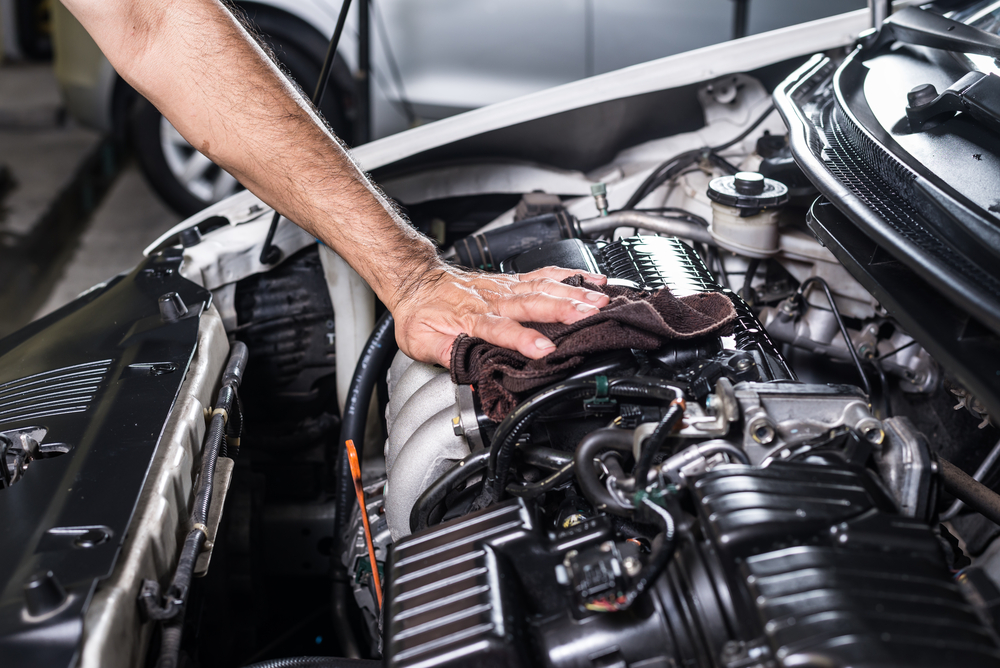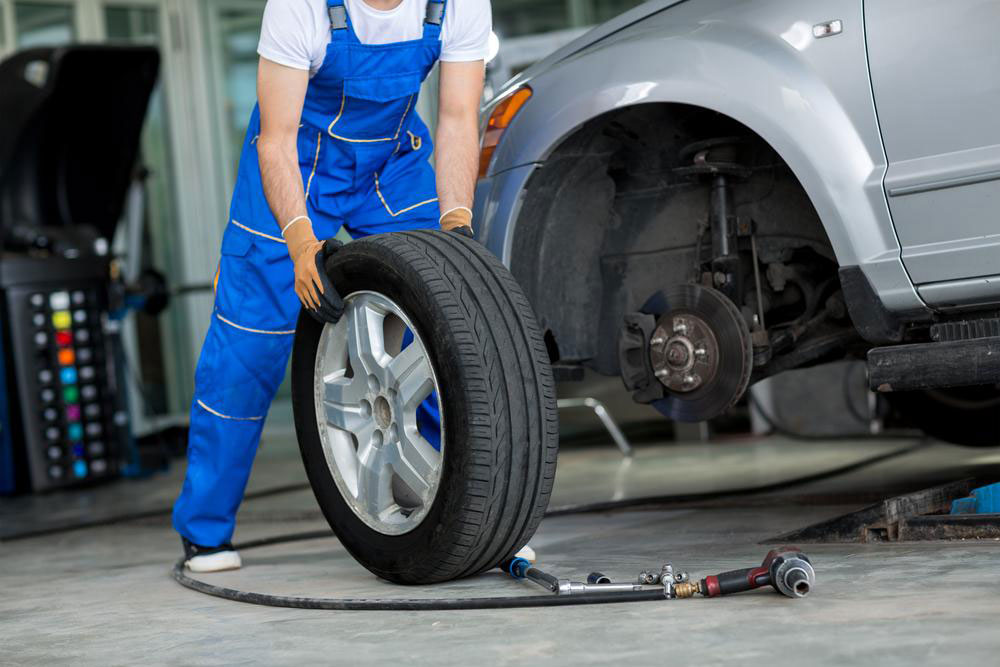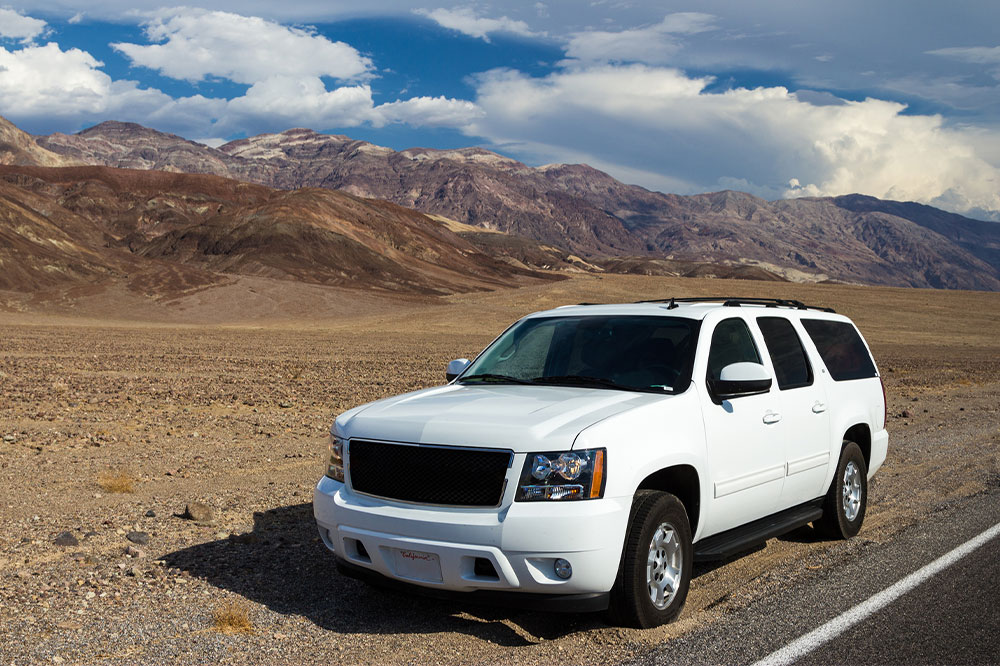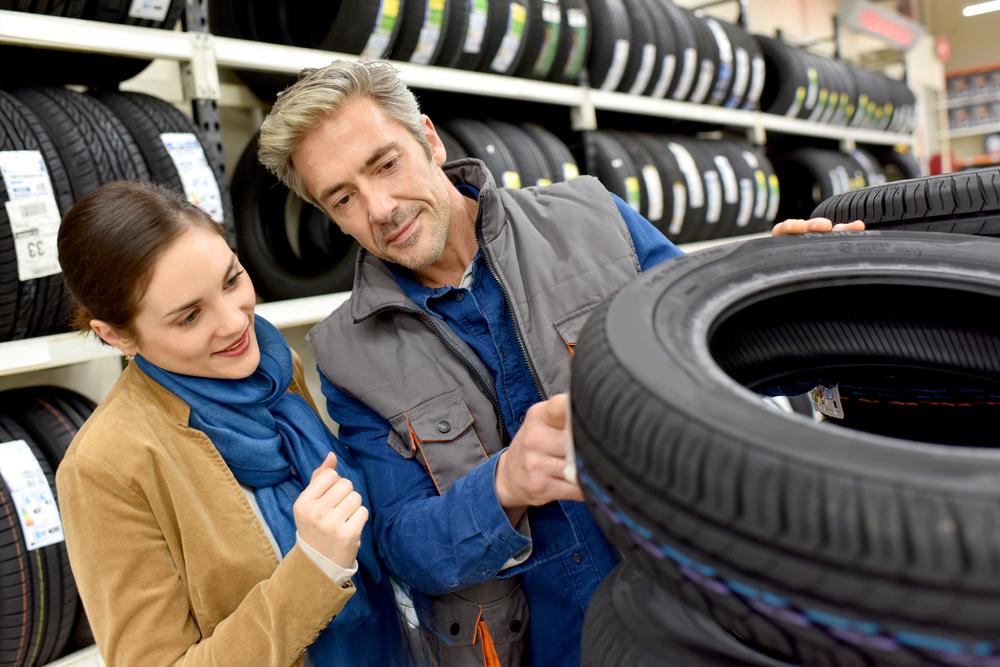Comprehensive Guide to Child Safety in Your Vehicle: Essential Tips for Parents
This comprehensive guide provides essential tips for parents to ensure child safety inside vehicles. From proper car seat placement to safety locks and avoiding leaving children unattended, learn how to create a secure environment for your little one during every trip. Implementing these practical measures can greatly reduce risks and protect children from injuries in various driving situations, making every journey safer and more comfortable for families.
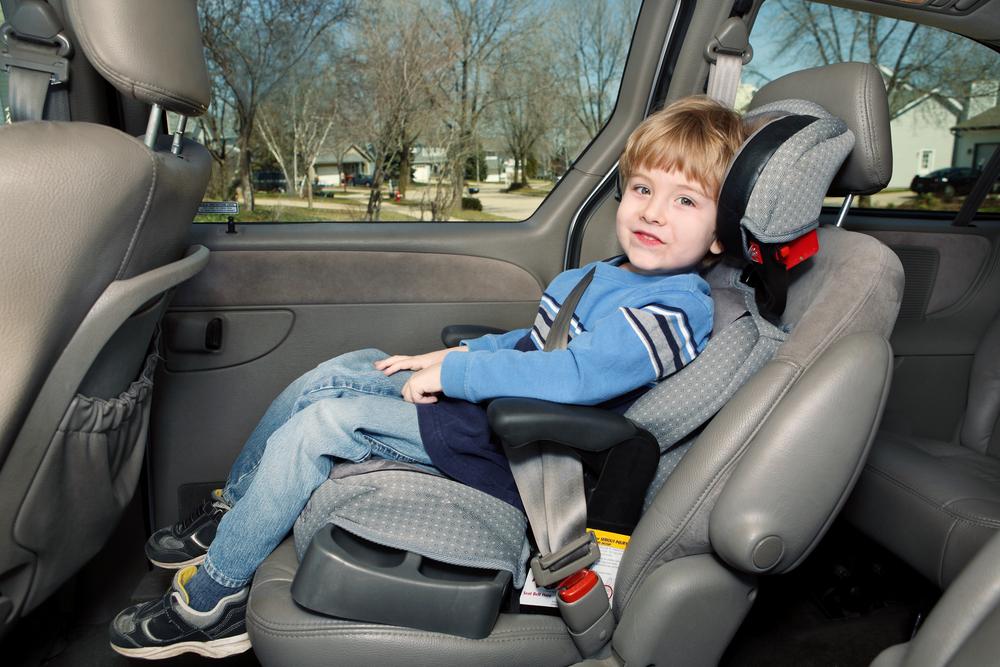
Comprehensive Guide to Child Safety in Your Vehicle: Essential Tips for Parents
Traveling with children requires careful attention to safety precautions to ensure a secure environment inside your vehicle. While regular maintenance keeps your car running smoothly, childproofing its interior is equally important to protect your little ones from potential injuries during road trips or daily commutes. Understanding and implementing effective child safety measures can significantly reduce risks and provide peace of mind for parents and guardians.
In this detailed guide, we will explore the most vital strategies for childproofing your vehicle, covering everything from proper car seat placement to safety locks. These tips are designed to accommodate parents' busy schedules while maximizing safety for children of all ages. By following these best practices, you can create a safer traveling environment that prioritizes your child's well-being at all times.
1. Correct Car Seat Installation and Placement
The cornerstone of child safety is proper car seat placement. Experts universally recommend positioning your child's car seat in the rear seats, ideally in the center position. This placement minimizes the risk of injury during collisions by providing the most protection possible. The rear middle seat is often considered the safest spot because it’s farthest from the doors and possible impact zones.
When installing the car seat, ensure it is tightly secured according to the manufacturer's instructions. Use the vehicle's seat belt or LATCH system to anchor the seat securely. Regularly check for any looseness or signs of wear that could compromise safety. Remember, a loosely fitted car seat can be dangerous in the event of sudden stops or accidents.
2. Maintaining a Hazard-Free Back Seat
Children are naturally curious, which makes the back seat a hot spot for potential hazards. Keep this area clean and free from small objects such as crumbs, toys, or accessories that could be choking hazards. Avoid storing lighters, cleaning liquids, or other dangerous items within reach of children, especially in the back seat. Create a tidy, hazard-free environment that minimizes the risk of ingestion or injury.
Organize a dedicated space for your child's belongings, and regularly inspect the car interior for any small items that might have fallen or been left behind. Safe storage not only protects your child but also makes the vehicle a more comfortable and accessible space for both drivers and passengers.
3. Properly Securing Your Child in a Car Seat
Once you've installed the car seat correctly, it's crucial to buckle your child securely. The harness should be snug enough that you cannot pinch any excess fabric between your fingers. The straps should lie flat without twists, positioned at or just below the child's shoulders for rear-facing seats, and at or above shoulder level for forward-facing seats.
Always double-check that the harness is tight and that the chest clip is positioned at armpit level. Proper securing prevents your child from slipping or being ejected in the event of a sudden stop or collision. Regularly inspect the harness for signs of wear or fraying and replace it if necessary.
4. Activation and Use of Child Safety Locks
Most modern vehicles come equipped with child safety locks on rear doors. These locks prevent children from opening doors from the inside while the vehicle is in motion, providing an extra layer of security. It is essential to familiarize yourself with how these locks operate in your specific vehicle and activate them before driving with young children.
Always confirm that doors are securely locked before starting your journey, and communicate with your children that doors cannot be opened from inside the car. This simple safety feature can prevent accidental door openings, especially during sudden stops or emergencies.
5. Never Leave Children Unattended in Vehicles
Perhaps the most critical safety rule is never to leave children alone in a vehicle, regardless of how briefly. Even in mild weather, the interior temperature can rise rapidly, leading to heatstroke. Children may also accidentally activate controls, lock themselves inside, or encounter other hazards if left unattended.
Always ensure that an adult remains with children whenever they are inside the vehicle. If you need to step away briefly, take your child with you or secure them in a safe location. Creating this habit significantly reduces the risk of injuries and tragic incidents related to kids being left unattended in cars.
In summary, ensuring child safety in your vehicle involves a combination of proper car seat installation, maintaining a hazard-free environment, securing your child correctly, activating safety features, and never leaving children alone inside the vehicle. These comprehensive measures are critical for protecting your children during every journey, whether short or long. With consistent application of these safety practices, parents can confidently travel, knowing they are doing everything possible to safeguard their little ones on the road.
